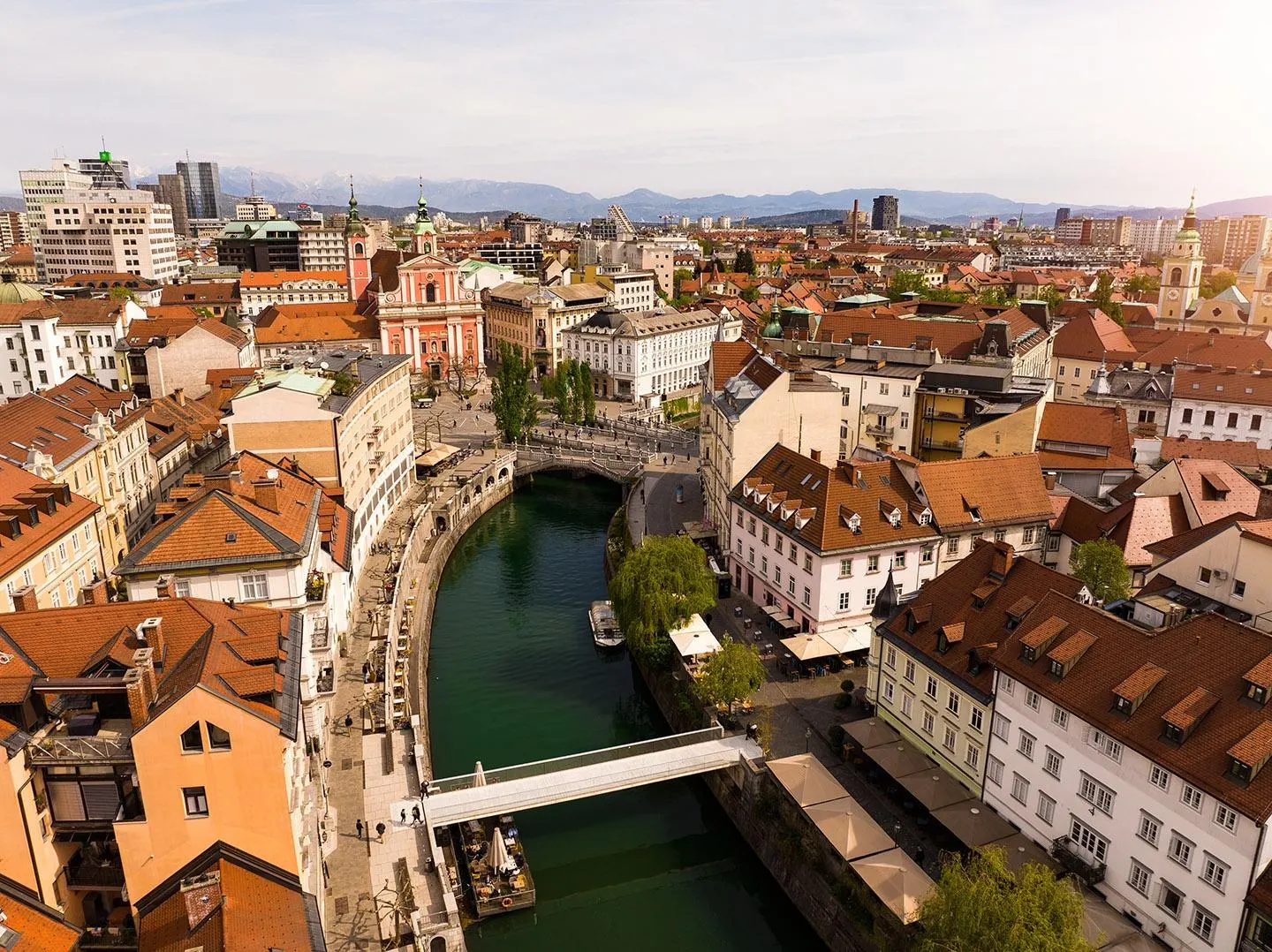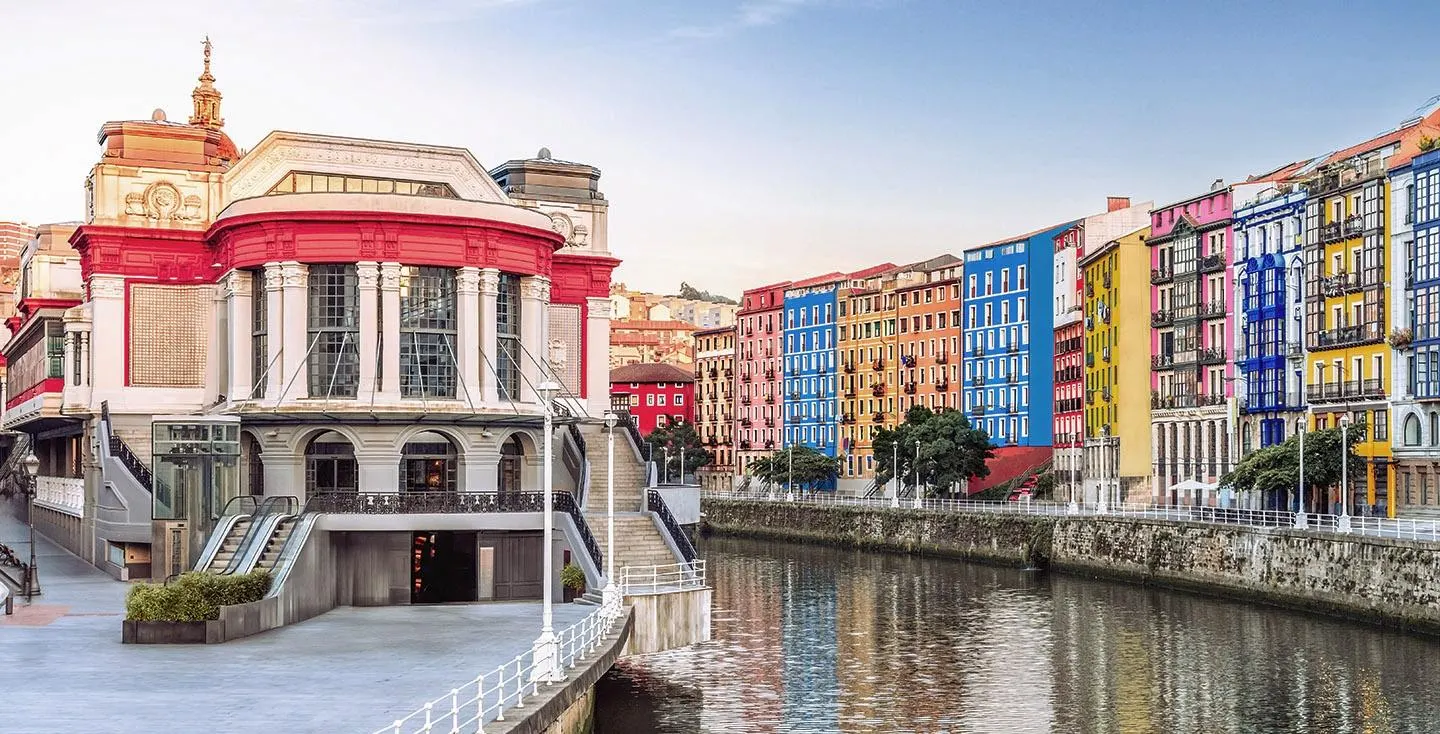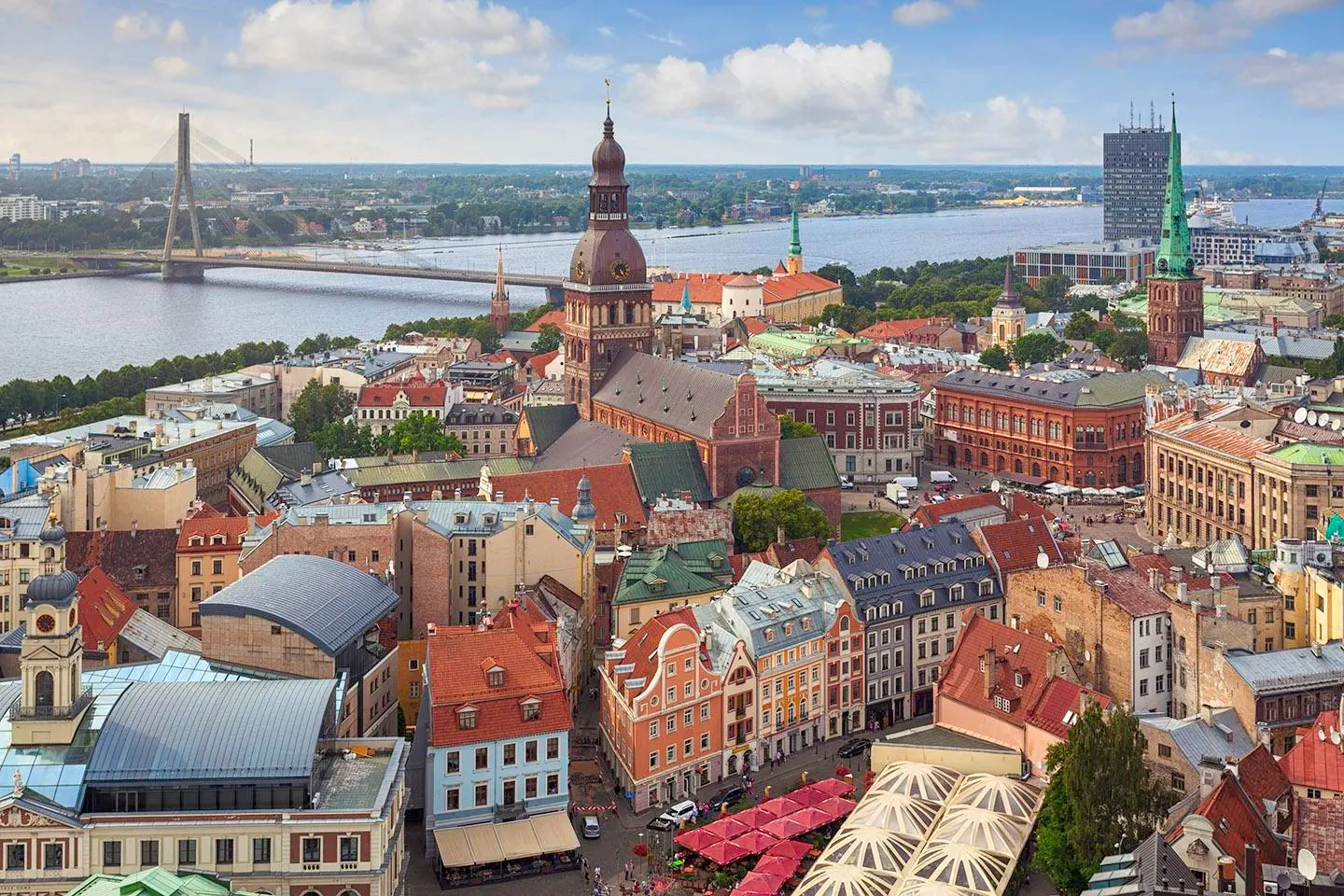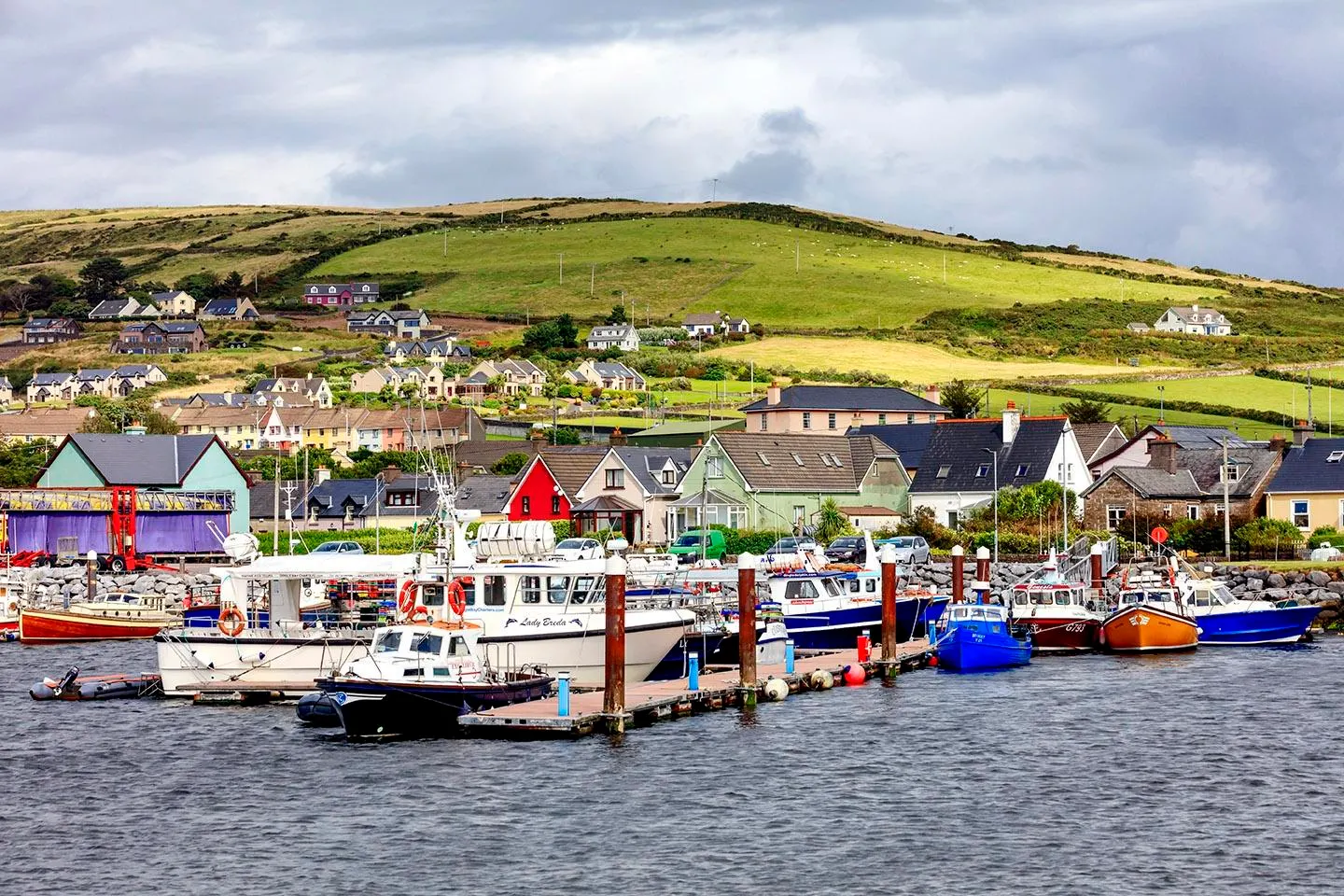We looked at many things that matter to retirees when picking the best places to retire abroad. These include how much it costs to live there, how good the healthcare is, what the weather is like, how safe it is, and how good life is overall. We also thought about how easy it is to get a visa, what kinds of things there are to do, and if there are other people from other countries living there.
We arrange the countries based on which one is closer to Asia will be displayed first.
CREDIT: forbes.com
Bali, Indonesia

1. Indonesia
Warm, tropical Southeast Asian country with 17,000 islands
Places: Bali, Jakarta, Lombok, Ubud
Living Expenses: Much cheaper than U.S.
Medical Care: Good enough and low-cost
Getting Permission to Live: Not too hard, but need local help
Indonesia, a sunny country with 17,000 islands, is becoming more popular for foreigners to retire. It's cheap to live there and has tasty food. The government is stable, and there's not much serious crime. Many people speak English. But there are risks from earthquakes, volcanoes, and floods. Medical care is okay and affordable, but you need private health insurance. There's an agreement with the U.S. so you don't pay taxes twice. To retire there, you must show you earn $36,000 a year for two people and hire a maid or driver. You need an agent to help you apply. Trips back to the U.S. take over 24 hours and need changing planes. Many retirees live in cities on Bali island, nearby Lombok island, the capital Jakarta, and Ubud.
Kuala Lumpur, Malasia

2. Malaysia
Cheap Asian living
Places: George Town, Kuala Lumpur, Ipoh, Melaka
Costs: Much lower than U.S.
Health care: OK with private insurance
Getting visa: Easy
Malaysia draws U.S. retirees to its hot Southeast Asia weather for its low costs, nice outdoors and mix of cultures. Many people speak English. Crime can be a problem. Floods are a risk. The government makes it easy for U.S. retirees with a Malaysia My Second Home program that gives 10-year visas. You can even buy property. You must show at least $120,000 in savings and $28,000 yearly income. There's no tax deal with the U.S., but Malaysia doesn't tax money from outside, like pensions. Flights to the U.S. can take over 19 hours. Health care is OK in big cities, but you need private insurance. Retired expats live in George Town, by the sea; Kuala Lumpur, the main city; Ipoh, known for food, and Melaka, in the south.
Bangkok, Thailand

3. Thailand
Warm Asian country
Places: Chiang Mai, Bangkok, Phuket, Koh Samui
Living Costs: Much cheaper than U.S.
Healthcare: Very good and low-cost
Getting Visa: Not hard
Thailand attracts many U.S. retirees because of its unique Asian culture, low living costs (less than half of U.S.), and great, cheap healthcare that even foreigners use. Many people speak English. Crime is low. The government is stable. But there's a risk of big waves called tsunamis. To live in Thailand, you need to show about $24,000 yearly income per couple and put $25,000 in a Thai bank. You won't pay tax twice due to an agreement between U.S. and Thailand. Also, U.S. Social Security and pension money isn't taxed in Thailand. Flights to the U.S. take 24 hours or more with stops. Popular places for retirees are Chiang Mai in the north, busy Bangkok (the capital), Phuket island, and Koh Samui, an island in the Gulf of Thailand.
Punta del Este, Uruguay

4. Uruguay
South American country with nice beaches
Places: Punta del Este, Atlántida, Montevideo, Colonia
Living Costs: Much cheaper than U.S.
Health Care: Good and not expensive
Getting Permission to Stay: Easy, but costs money
Uruguay is between Argentina and Brazil in the south. It has good beaches and lets foreign retirees use its health care system. Private health care is also cheap. Living costs much less than in the U.S. Knowing some Spanish helps. Crime can be a problem. Some areas flood. Uruguay has been a democracy for a long time. To retire there, you need to show you have about $18,000 per year and buy a $100,000 property. Most money from other countries isn't taxed. This helps because there's no tax agreement with the U.S. The weather has four seasons. Uruguay is far from the U.S., closer to the South Pole than to Chicago. Flights to Miami can take 15 hours with stops. Retirees like the beach towns of Punta del Este and Atlántida, the capital Montevideo, and Colonia, which is an hour by boat from Buenos Aires.
Valparaiso, Chile

5. Chile
Long, skinny South American country with amazing sights and different weather types
Places: Vina del Mar, La Serena, Valparaiso and Santiago
Living Costs: Usually much cheaper than U.S.
Healthcare: Good
Getting Permission to Stay: Possible, but step by step
Chile is about 2,650 miles long from north to south. It has many nice weather types—dry, wet, snowy, warm, mountain, and beach—with fair living costs. Health care is good and much cheaper than in the U.S. The government is stable. There's not much crime. Knowing Spanish helps a lot. Retirees don't pay tax on pensions and Social Security money in the first years of living there. There's also a new deal with the U.S. to avoid paying tax twice. Renewable one-year retirement visas are relatively easy to obtain upon showing of a minimal income source, with permanent residency or even citizenship available after five years. Plane trips back to the U.S. usually require a stop or change and are long. The country sometimes has earthquakes and climate problems. Popular retirement spots include the beach cities of Vina del Mar, La Serena, and Valparaiso, and the capital Santiago.
Cartagena, Colombia

6. Colombia
Sunny South American nation with nice weather, quick flights to U.S.
Places: Medellín, Pereira, Cali, Cartagena
Living Expenses: Much cheaper than U.S.
Health Care: Very good
Getting Permission to Live: Simple
Colombia, at the top of South America, is now a popular place for retired foreigners. The country is stable and has great weather, beautiful views, low costs, and good, cheap health care. Knowing Spanish helps a lot. Crime is still a problem in some areas. Pensions may be taxed, but there are ways to pay less. Getting a three-year visa for retirees is easy if you can show you have $10,000 yearly income. Flights to the U.S. are short (three and a half hours to Miami). Some parts might flood due to climate change. Nice cities include mountain towns like Medellín, Pereira, and Cali, and the seaside city of Cartagena.
San Jose, Costa Rica

7. Costa Rica
Central American country with green forests and beaches on two seas
Places: San José, Central Valley, Atenas, Santa Cruz
Living Costs: Usually less than U.S. average
Healthcare: Good
Getting Permission to Stay: Easy
Costa Rica, with wide beaches on two seas, green scenery in the middle, warm weather, and a relaxed way of life, is very popular with U.S. retirees, especially those who enjoy nature. Living costs are usually less than the U.S., crime is low, and the government is stable. Too much rain can cause problems. Healthcare in bigger cities is good and cheap, and you can join the public health system. Knowing Spanish helps but isn't necessary. To get a two-year retirement visa that can be renewed, you need to show only $12,000 in yearly income. The U.S. and Costa Rica don't have a deal to avoid double taxes, but Costa Rica doesn't tax retirees' money from other countries. Miami and Houston are three hours away by direct flight. Nice places include the capital San José, the Central Valley area with mountains around it, including Atenas with nice weather all year, and the Pacific Ocean city of Santa Cruz.
Panama City, Panama

8. Panama
Like Florida but cheaper and safer
Places: Boquete, Panama City, Coronado, David
Cost of Living: Much cheaper than U.S.
Health Care: Good and cheap
Getting Visa: Very easy
Panama is sunny and warm like Florida, but costs less and has fewer big storms. Living costs are about half of U.S. prices. Health care is good and affordable. Crime is low and the government is stable. Some people speak English. Flooding is the main natural danger. The country welcomes retired foreigners. Getting a Panama Retirement Visa is easy, but you might need a local lawyer's help. Panama doesn't tax money that retirees earn outside the country. Flights to the U.S. are short. Retired foreigners often live in Boquete, a cooler town in the hills; Panama City, the capital; Coronado on the Pacific coast; and David, a city inland.
San Miguel de Allende, Mexico

9. Mexico
Nice weather and close to U.S.
Places: San Miguel de Allende, Puerto Vallarta, Tlaxcala, Lake Chapala
Living Costs: Much cheaper than U.S.
Health Care: Good and cheap, plus Medicare choice
Getting Visa: Pretty easy
Mexico shares a long border with the U.S. This lets retirees go back to use Medicare, though Mexican health care is good and cheap, especially for medicine. Living costs are half of U.S. prices. The government is stable. Serious crime is higher in Mexico, but rarely affects foreigners. Theft can be a problem, mostly in border towns. West and south areas can have big storms. Good things include warm weather and friendly people. Mexico taxes are like U.S., and a deal between countries stops double taxes. Some speak English, but not many. Most retirees get a Mexican Permanent Resident Visa, then a Card. Travel back to U.S. is fast. Popular spots for retirees are San Miguel de Allende, Puerto Vallarta, Tlaxcala and Lake Chapala.
Queen Street, Niagara on the Lake, Ontario, Canada

10. Canada
Close to the U.S., but hard for retirees without family to live there full-time
Places: Guelph, Niagara-on-the-Lake, Moncton and Estevan
Living Costs: A bit less than U.S. average
Healthcare: Good and cheap, plus Medicare choice
Getting Right to Stay: Hard without family, but six-month stays easy
Our neighbor to the north doesn't really welcome U.S. retirees, but many Americans with Canadian family might qualify under current rules. For those who don't, Canada lets U.S. citizens stay there for six months each year, allowing for part-year retirement (with no Canadian tax issues). Cost of living is a bit less than the U.S. average, especially outside big cities. English is an official language. Forest fires can be a problem in the west. Non-residents need private health insurance, the long common border gives retirees the ability to return to the U.S. For those able to retire full-time up north, Canadian taxes are higher than in the U.S., but a tax agreement stops double taxation. With most people living within 90 miles of the U.S. border, travel back is easy. The government is stable, and serious crime rates are low. Popular places include Guelph and Niagara-on-the-Lake in Ontario, Moncton in New Brunswick and Estevan in Saskatchewan.
Belize's Ambergris Caye, an island 35 miles northeast of Belize City

11. Belize
English-speaking country in Central America with lots of nature and sea life, close to the U.S.
Places to Live: Ambergris Caye, Corozal, Caye Caulker, Placencia
Cost of Living: Much cheaper than U.S.
Health Care: Basic
Easy to Move There: Very easy
Belize is the only country in Central America where English is the main language. It's great for older people who like outdoor activities, fishing, and diving. Living costs are much lower than in the U.S. Crime is not a big problem, except in Belize City. Health care can be an issue; many older people go back to the U.S. for big medical needs. It's only a two-hour flight to Houston. Hurricanes can happen sometimes. The country is stable and welcomes retirees. You can live
PAPHOS, CYRPUS

12. Cyprus
Sunny Mediterranean island where many people speak English
Places: Limassol, Paphos, Pyrgos Village, Larnaca
Living Costs: Much cheaper than U.S. average
Healthcare: Good and older people can get public healthcare
Getting Permission to Stay: Not too hard
Cyprus is an island in the east Mediterranean Sea. The southern 60% is not controlled by Turkey. It has great beaches, Greek culture, and many retired foreigners. Life is cheap, crime is low, and the government is stable. Many people speak English. Healthcare is good, and people who live there can use public healthcare. You can also buy private health insurance. Sometimes there are floods and fires. Cyprus has a deal with the U.S. so you don't pay tax twice. To retire there, you usually ask for a Category F permit. You need to show you have about $15,500 yearly income for two people. Buying a house worth $330,000 or more can make things faster. To fly to the U.S., you need to stop or change planes. Good places to live are the coastal cities of Limassol, Paphos, Pyrgos Village, and Larnaca.
Athens, Greece

13. Greece
Sunny old-world paradise in the Mediterranean Sea
Places: Athens, Trikala, Nafplio, Mykonos
Living Expenses: Much cheaper than U.S. average
Health Services: Good and not expensive
Getting Permission to Stay: Fairly easy
Greece, with its 6,000 islands, sits in the warm Mediterranean Sea. Life costs are much lower than in the U.S. Health care is good and cheap, but you need private health insurance. Knowing some Greek helps. Taxes are high, but you won't pay twice due to an agreement with the U.S. Most foreign retirees first get a Financially Independent Person Visa, which they can renew. For this, a couple needs to earn at least $26,000 a year. It's best to get help from experts. Serious crime is low, but risks from climate change and natural disasters are high. Flights to the U.S. are long and need a stop somewhere. Popular places include the capital Athens, Trikala in the north, Nafplio in the south, and the island town of Mykonos.
Ljubljana, Slovenia

14. Slovenia
Beautiful European views and cheap living costs
Places: Ljubljana, Bled, Piran, Celje
Living Expenses: Much lower than U.S. average
Health Care: Good enough and inexpensive
Getting Permission to Stay: Not too hard
Slovenia, once part of Yugoslavia, has lovely coasts and mountains. It's cheap to live there. The country is safe and calm. Health care with private insurance is good and affordable. Floods can be a problem. You can get one-year permits that can lead to permanent stay after five years. You need to show about $12,000 yearly income for a couple. A deal between the U.S. and Slovenia stops double taxes. Trips to the U.S. are long and need stops. Good places to retire include the capital Ljubljana, the lake town Bled, Piran by the sea, and the inland city Celje.
Valletta, Malta

15. Malta
Sunny island country with nice beaches
Places: Valletta, St. Paul's Bay, Qawra, Gozo
Living Costs: Cheaper than U.S.
Healthcare: Good and cheap
Getting Permission to Stay: Not too hard, but costs money
Near Italy in the Mediterranean Sea, Malta has five islands with beautiful beaches, good weather, and little crime. People speak English here. It's a safe place to live. The government likes retired foreigners and offers different visas. You can get a five-year visa that you can renew. It costs $2,700 to apply and you need about $26,000 yearly income for a couple. Living here is cheaper than in the U.S., and healthcare is good and affordable. You don't pay taxes twice because of an agreement with the U.S. Flying back to the U.S. needs one stop. Retired people live in Valletta (the capital), St. Paul's Bay and Qawra on the main island, and on Gozo island nearby.
Palermo, Italy

16. Italy
Sun, sea, and tasty food
Places: Le Marche, Pescara, Palermo, Puglia
Living Costs: Cheaper than U.S.
Health Care: Very good, can use public system
Getting Visa: Not hard, but costs money
Italy has great food and culture, and it's cheaper to live here than in the U.S., especially in smaller towns. A big plus for retired people moving here: you can quickly join the government health care system. The country is safe and steady, with less serious crime than the U.S. But watch out for earthquakes, floods, and volcanoes. Italy wants U.S. retirees and offers a special visa if you can show you have about $41,000 yearly income. Italy doesn't tax U.S. government worker pensions, and there's a deal to avoid paying taxes twice. It helps to speak Italian. There are many direct flights to the U.S. Popular spots for American retirees are Le Marche and Pescara on the east coast; Palermo in Sicily; and the Puglia area in the south.
Porto, Portugal

17. Portugal
Nice weather, cheap living, and European culture
Places: Algarve area, Lisbon, Cascais, Porto
Living Costs: Much cheaper than the U.S.
Healthcare: Good and not expensive
Getting Permission to Stay: Pretty easy
On the west side of Europe, Portugal has warm, nice weather and is cheap for U.S. retirees to live in. It has good, affordable healthcare. Many people speak English. Crime is low, and the government is stable. Flooding can happen sometimes. The country welcomes retirees who can show they make about $14,000 a year for a couple, or can invest $550,000, which can be in a house. Most people get a D7 Residence Visa, which they can renew. The U.S. and Portugal have a deal to avoid taxing people twice. Some planes fly straight to the U.S. Many retirees like the Algarve area near Lisbon; Lisbon itself; Cascais, near Lisbon; and Porto in the north.
Bilbao, Spain

18. Spain
Warm, fun European lifestyle
Places: Costa del Sol, Bilbao, Orange Blossom Coast, Alicante
Living Costs: Much cheaper than U.S. average
Healthcare: Very good and affordable
Getting Permission to Stay: Fairly simple
Sunny Spain costs less than the U.S., especially if you live a bit away from the beautiful beaches and big cities. The healthcare is very good. Crime is low, and the government is stable. Dangers include forest fires and floods. The renewable Non-Lucrative Residence Visa is fairly easy for U.S. retirees to get if they show enough yearly income, about $39,000 for a couple. Spain doesn't tax pensions of retired U.S. government workers, and a deal between the U.S. and Spain stops most double taxes. You need to know some Spanish. There are direct flights to the U.S. Nice places include the Costa del Sol on the Mediterranean; Bilbao and the Orange Blossom Coast near Barcelona; and Alicante, also by the Mediterranean.
Carcassonne, France

19. France
Great European experience with tasty food and wine
Places: Paris, Bordeaux, Lyon, Carcassonne
Living Costs: Cheaper than U.S. outside Paris
Healthcare: Very good and affordable
Getting Permission to Stay: Hard but possible
France gives retirees good, cheap healthcare you can pay for with insurance or cash. Living costs vary but are much lower away from Paris, which you can visit easily by train. Knowing some French is important. Serious crime is usually lower than in the U.S. Politics are changing, but the system is mostly stable. Flooding can happen near coasts and rivers. Taxes are high, but there's a deal with the U.S. to avoid double taxes. France doesn't tax U.S. pensions and Social Security. Getting a long-stay visa is hard but doable. You must show yearly retirement income of at least $17,600 for a couple. It's good to get expert advice. Climate change is less of a problem than in other places. Most flights to the U.S. are direct. Besides Paris, U.S. retirees like Bordeaux in southwest France, Lyon near the Alps, and Carcassonne, an old fort town in southeast France.
Riga, Latvia

20. Latvia
Baltic country with old towns and pretty countryside
Places: Riga, Jūrmala, Sigulda, Daugavpils
Living Costs: Cheaper than U.S.
Health Care: OK, but need private insurance
Getting Permission to Stay: Not too hard
Latvia is a small country by the Baltic Sea that used to be part of the Soviet Union. It joined NATO and is now a modern country with nice nature and a mix of Russian and local culture. Living here costs much less than in the U.S. Health care is fine, but you need to buy private insurance. The government is stable, but there can be crime in some areas. Winters are cold, but natural disasters are rare. Some people speak English. Retired people can get a 5-year visa if they have about $20,000 yearly income for two people. There's an agreement between the U.S. and Latvia to avoid paying taxes twice. Flights to the U.S. need to stop in another European city. You could live in Riga (the capital), Jūrmala (a beach town), or Sigulda and Daugavpils (cities inland).
Dingle, Ireland

21. Ireland
Green island in Europe with English speakers and easy flights to U.S.
Places: Dingle, Tralee, Waterford, Bray
Living Costs: About the same as U.S. average
Health Care: Good, with private insurance
Getting Permission to Stay: Possible, but costly
Ireland is beautiful and great for U.S. retirees. People speak English, the government is stable, and there's not much serious crime. You can fly directly to the U.S. from many airports. Living costs are like in the U.S., but countryside is cheaper than Dublin. Flooding can happen sometimes. Health care is good and affordable with private insurance, which retired foreigners must get. Taxes are high, but a deal with the U.S. helps avoid paying twice. If your parent or grandparent was Irish, you can become a citizen (and live there freely) with lots of paperwork. Otherwise, getting a long-stay visa for retirement usually needs a big yearly income of $110,000 for a couple. Nice places include the seaside villages of Dingle and Tralee in the southwest, the coastal city of Waterford in the southeast, and Bray, a town near Dublin.
Vienna, the capital of Austria

22. Austria
Switzerland on the cheap, but knowledge of German required
Locations: Vienna, Innsbruck, Salzburg and Linz
Living Costs: About the same as U.S. average
Healthcare: Excellent
Gaining Right to Stay: Doable but somewhat pricey and must speak German
With “The Sound of Music” mountainous landscapes and rich culture, Austria provides an inviting setting for retirees. Cost of living is about the same as the U.S. average. Serious crime rate is low, and the politics are stable. Health care is excellent, and it’s possible to eventually enroll in the national health system. Natural hazard risk is considered low. Plane rides to the U.S. usually require a stop or change. A long-standing tax treaty between Austria and the U.S. prevents double taxation. Retirees apply for a “settlement permit except gainful employment” document that requires showing about $40,000 a year in retirement income for a couple as well as German language proficiency. There’s a quota on these permits, so local professional help is advised. Possible retirement spots include the capital Vienna, Innsbruck, Salzburg and Linz.



















0 Comments